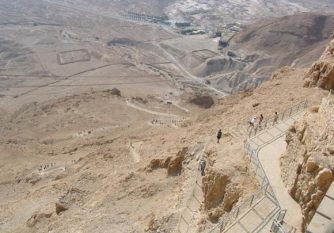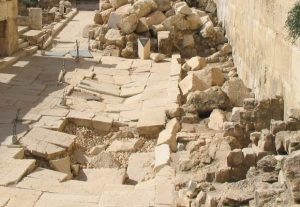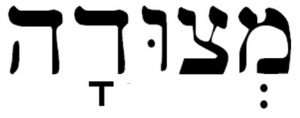 by David Bivin
by David Bivin
© 2006, En-Gedi Resource Center
Softcover, 208 pages, ($14.99/$13.99)
Download a sample chapter (pdf)
David Bivin is the founder and editor of Jerusalem Perspective, a journal that explores the Jewish context of the Gospels. He has traveled and lectured internationally for more than 25 years, and is the author of hundreds of articles on that subject.
New Light on the Difficult Words of Jesus is a collection of some of his best writing on the Jewishness of Jesus, edited for the general reader. The book examines Jesus’ lifestyle as a first-century Jewish rabbi, and looks at how his words would have been understood within the larger framework of first-century Judaism. Many scholarly footnotes make it a valuable help to those who want to study in depth.
“In Jerusalem, David Bivin has interacted for decades with some of the best Jewish scholarship in the world. This book displays many of the brilliant Hebraic gems the author has mined that help illuminate the pages of the Gospels. Clearly written and very readable, Bivin shows why Christians need rabbinic sources if they intend to know and understand Jesus in his first-century Jewish setting. New Light on the Difficult Words of Jesus is a valuable resource for every serious student of Scripture.”
— Marvin Wilson, Author of Our Father Abraham: The Jewish Roots of the Christian Faith
From the book’s introduction:
The intention of this book is to give people knowledge of Jesus, in the Hebraic sense of the word. Rather than being purely factual and academic, we desire to let people know him relationally and experientially, as a disciple would, after walking in his footsteps for many years.
In the first section we introduce the reality of Jesus as a Jewish rabbi, showing his heart for teaching and his high expectations of his disciples, and therefore us.
Next we look at how Jewish he was, utterly a part of his first-century world, rather than being opposed to it, as many have believed. Then we look at the Jewishness of his teaching — how he used rabbinic terms and logic, and how his words are greatly clarified by hearing them in the context of other rabbinic sayings of his time.
Finally, we share some ideas on life in his Kingdom — living out our calling as ingrafted members of the Olive Tree of Israel, of which he is the “Righteous Branch”!
Order New Light on the Difficult Words of Jesus ($14.99/$13.99).







